For years, the occurrence of muscle cramps during physical activity has been associated with dehydration and changes or alterations in electrolyte concentrations (sodium, potassium, magnesium) and has become more of a myth since the first reports of these occurred in workers, more than 100 years ago, who worked on steamships and in mines, which were exposed to hot and humid conditions. However, there is currently no scientific evidence or studies to support this belief.
We have always heard expressions such as “You got cramps because your potassium and sodium got low; that’s because you got dehydrated,” among others.
Well, the truth is that the mechanisms by which exercise-associated muscle cramps (EAMC) occur are currently unknown. For years, several institutions and universities have been carrying out research to explain the origin of these cramps, with the following hypotheses: a) dehydration and alteration in electrolyte concentrations, which for years has been the mainstay of these investigations, and b) alteration of Neuromuscular Control, first presented at a congress in 1996.
The University of Cape Town and its laboratories in South Africa have published the most on the subject. Through their research, they have demonstrated, both in the laboratory and in outdoor activities, that there is insufficient scientific evidence to support the dehydration hypothesis.
Their studies have focused on various endurance sports, the most convincing being those carried out on marathon runners and triathletes. They took blood samples from participants in their study groups before and immediately after physical activity, compared the results of electrolyte concentrations of those who suffered cramps with those who did not, and found that the differences were not significant enough. This has been the trend in all studies, i.e., dehydration and changes in ionic concentrations are not the causes that explain the mechanisms by which cramps occur during exercise.
Given this, research has leaned towards the theory of altered neuromuscular control. For this purpose, questionnaires have been made and applied to marathon participants and those who have completed distances longer than this. These questionnaires allow participants to obtain clinical data such as muscle groups where the cramps occurred, distance (in what km or mile it happened), approximate time of duration of the spasm, etc., through a kind of visual analog scale.
Some of the results of these surveys have reflected the relationship in terms of the muscles where the cramp appears, predominantly the hamstrings, quadriceps, and, in a small percentage, the calf muscles. In another questionnaire applied to 1,383 marathon runners, 60% of the participants stated that muscle fatigue was associated with and preceded the onset of cramps.
In this order of ideas and with this scientific evidence, although the mechanisms by which cramps occur during exercise are still unknown, dehydration is not the cause. However, it is undoubtedly demonstrated that the loss of electrolytes will contribute to the early onset of muscle fatigue.
Certain factors increase the risk of cramps, such as hot and humid environmental conditions, dehydration, muscle fatigue, intensity and/or duration of exercise, poor physical condition, and muscle shortening.
Recommendations:
- Condition your body for running in humid environments.
- Stay hydrated and avoid electrolyte loss to prevent the onset of muscle fatigue.
- Improve your flexibility; it has been shown that shortened muscles are more prone to cramps.
- Run in cool, comfortable clothing.
- Consult a nutritionist to adjust your diet to meet caloric demands.
And remember every race is an experience, the best race is yet to come!!!!
Looking for a plan that trains with you, not against you?
At running.COACH, we don’t just build a schedule. We create a smart, living plan that evolves with you. It understands your level, your race goals and your real life. Whether you sync your GPS watch or train straight from our iOS or Android app, your plan adjusts automatically as you improve.
From day one, you’ll feel the difference:
- A fully personalized, dynamic plan designed for you.
- Automatic sync and effortless workout tracking.
- Real-time updates when life happens, including missed sessions, new races or schedule changes.
- Simple, science-backed guidance to train smarter and recover faster.
🎁 Start today and enjoy your first 30 days free.
Because the best training plan isn’t one you follow. It’s one that follows you.app.
Sources:
Br. J Sports Med 2004; 38: 488-492. University Cape Town. South Africa.
Braulik KW. Br J Sports Med 2013; 47: 710-714.
J. Sports Med 2009; 43: 401-408.
Drew N, M Phil. Sports Med, University of Cape Town 2006.

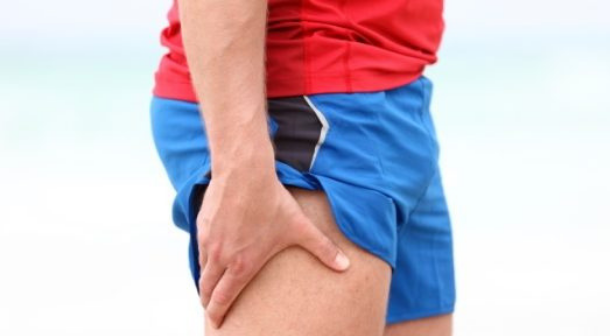
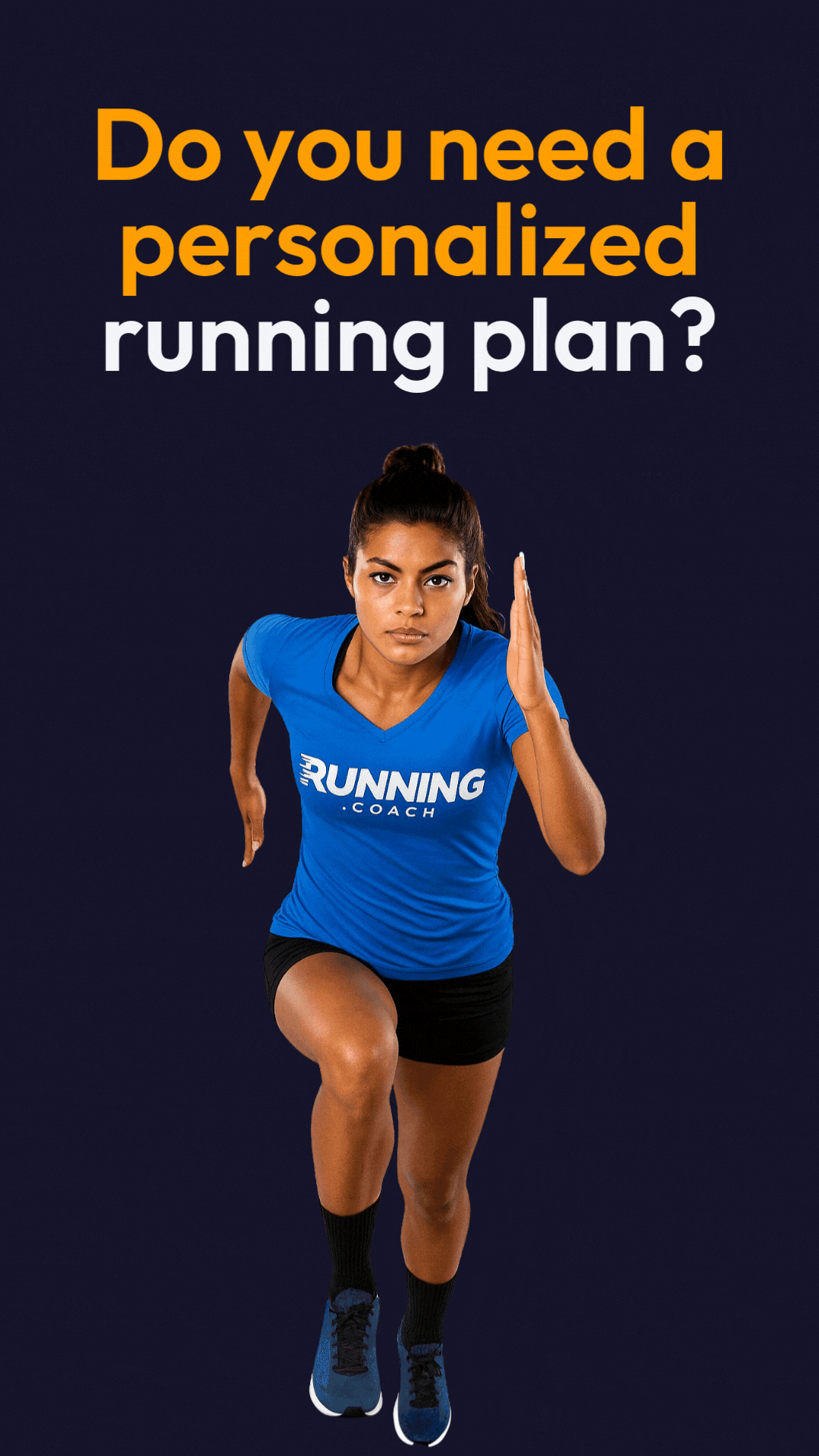


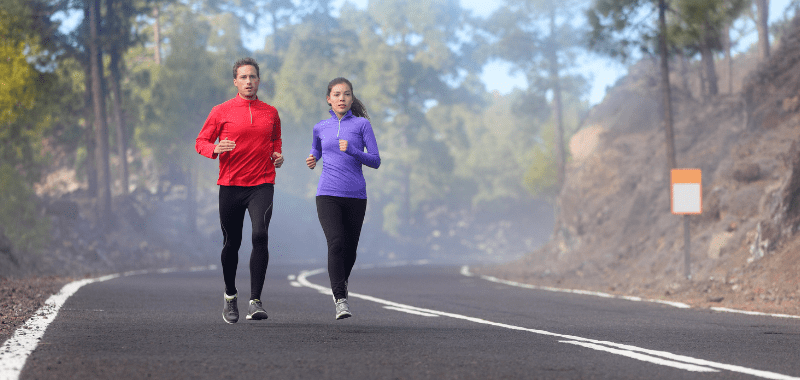

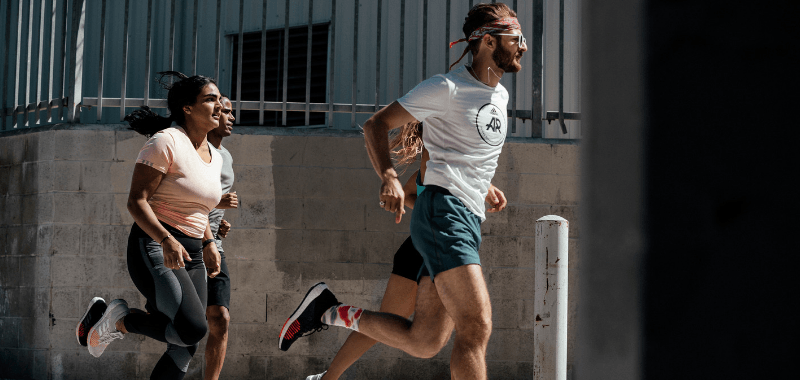
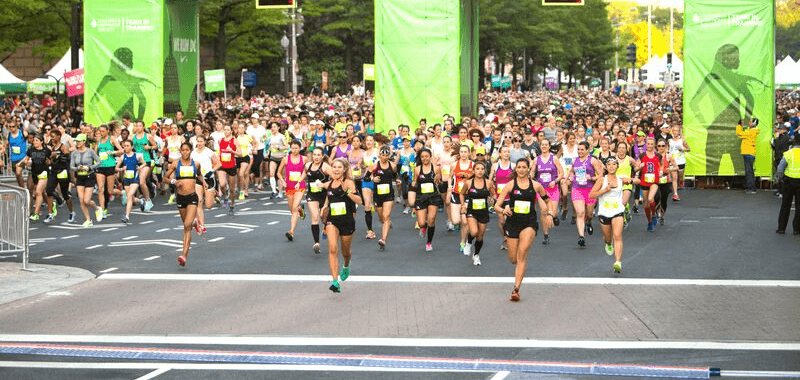


0 Comments